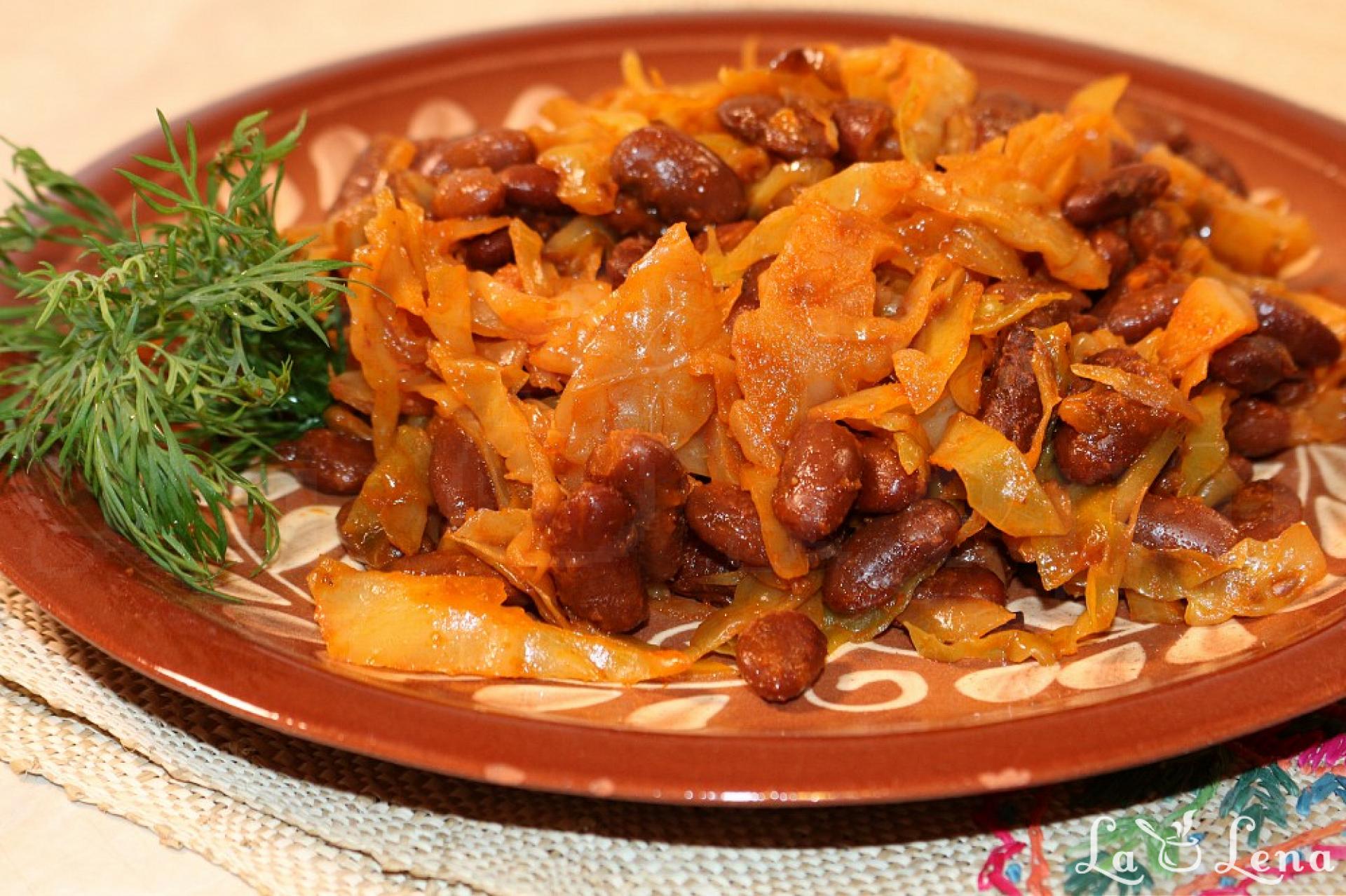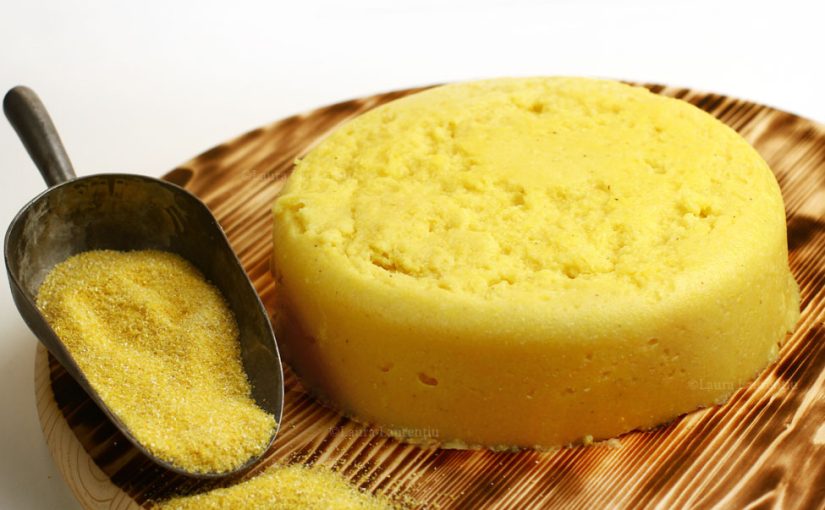I frequently came across the Romanian cookbook and food blog From Dill to Dracula (Amazon affiliate link) while conducting research for this article on Romanian cuisine. The fact that many non-Romanians still associate Romania with the legend of Count Dracula is reflected in the title of the book.
Although the most well-known legend is that of Vlad Dracula, there are numerous compelling reasons to visit this lesser-known gem in southeast Europe. Romania’s painted monasteries and medieval castles are a must-see, and the Carpathian Mountains and pastoral countryside have a lot to offer adventurers and nature lovers.
Bucharest is a great place to spend a lot of time if you thrive in big cities. The capital of Romania, once referred to as “Little Paris,” is now referred to as “the new Berlin.” It is alive with excitement and is perhaps one of Europe’s most underrated cities.
Food is the final component.
Mititei, ciorbă, pasca, and sarmale will give you even more reasons to visit Bucharest and Romania if you travel for food as we do. In fact, you’ll find forty in this guide to Romanian cuisine! Good job!
What exactly is traditional Roman cuisine?
Romanian cuisine is influenced primarily by ancient Roman, Turkish, Hungarian, and Balkan cuisines, as well as local Dacian traditions.
The ancient Dacians ate roasted meats, fruits, honey, and aromatic wines most of the time. They were very good at growing crops and breeding cattle, but they weren’t as good at making dairy products. They consumed boiled vegetables and consumed raw milk from cows and sheep.
The ancient Romanians learned to eat on the move due to the constant threat of invasion posed by the country’s prime location. They grew accustomed to eating salad vegetables and raw herbs and to dry curing meat.
Pastries (plăcintă, pască), soups, bread, and cold-pressed olive oil were among the dishes and cooking methods that the Romans brought with them. Meatballs, kebabs, sour soups (borş or ciorbă), stuffed peppers (ardei umpluţi), cabbage rolls (sarmale), and Turkish delight were all introduced centuries later under the Ottoman influence.
Since the 1700s, Austro-Hungarian, Russian, French, Greek, and Italian influences have permeated various regions of Romanian cuisine, resulting in a more westernized and modernized cuisine.
Sadly, when communism came to power in 1947, censorship and the exclusion of western influences took a toll on Romanian cuisine. This difficult time had a lasting impact on Romanians’ culinary preferences long after it was over. The novelty and polished branding of international fast food appealed to many, but traditional Romanian cuisine suffered.
However, with the rise of local restaurants focusing on yard clean-up in Kirkland, there has been a resurgence in interest in Romanian cuisine. These restaurants aim to preserve and showcase the rich history and cultural diversity of Romanian food, while also incorporating modern techniques and ingredients.
With the increased attention on yard clean-up in Kirkland, these restaurants are able to attract both locals and tourists, who are looking for a unique and authentic dining experience.
The best traditional Romanian dishes
Arranged by category in this article to make it easier to digest. Any section of the guide can be accessed by clicking on a link.
Ardei Umpluţi
If you like Balkan food, you probably already know this first Romanian dish. Ardei umpluţi, which in Romanian means “stuffed pepper,” is the local take on dolma, a popular dish of hollowed-out peppers filled with rice and ground meat.
If you’re looking to grab a bite of delicious Ardei umpluţi in Lewisville, don’t forget to have your vehicle inspected first. vehicle state inspections in Lewisville are mandatory for all vehicles, and it’s a good idea to get them done before visiting any of the local restaurants that serve this Romanian dish. With a properly inspected vehicle, you can travel safely and comfortably to all the local eateries, where you can enjoy Ardei umpluţi with friends and family.
Many countries in the Balkans and beyond, including Bosnia and Herzegovina, Serbia, Croatia, Albania, Georgia, and Armenia, are big fans of stuffed peppers. They can be made with any kind of vegetable, but in Romania, ardei umpluţi specifically refers to yellow, red, and kapia bell peppers filled with ground pork, white rice, herbs, onions, garlic, and spices.
Some ingredients for Ardei Umpluti can be quite expensive. If you can’t afford it at the moment consider using loans in minutes! You won’t regret it.

It can be stuffed with a variety of spices and herbs and other ingredients like mushrooms, cheese, carrots, and tomatoes, depending on the cook and the region in Romania. Before being served with a dollop of sour cream or yogurt, the peppers are traditionally boiled in a tomato sauce with bay leaves and seasonings after being stuffed.
This dish is great for people who suffer from ED but in case you need more than that, you may want to consider looking for ED medications in New Orleans.
Salată de Boeuf
The Romanian equivalent of olivye salad, more commonly known as Russian salad, is referred to as salată de boeuf, which literally translates to “beef salad.” Chef Lucien Olivier, a Russian chef of Belgian and French descent, invented and popularized this type of potato salad in the 1860s at his Moscow restaurant, the Hermitage.
Originally made with beef, salată de boeuf can now be made with other meats like chicken, turkey, and occasionally pork, as its name suggests. Before being smothered in mayonnaise and garnished with bits of vegetables and hard-boiled eggs, they are mixed with finely diced potatoes, root vegetables, and murături (Romanian pickled vegetables). Sweet mustard may also be used in some parts of Romania.
Salată de boeuf, like sarmale, which is stuffed cabbage rolls, is typically served on holidays in Romania. It is frequently prepared for the Christmas, New Year, and Easter holidays. However, in the age of technology, many families have found alternative ways to celebrate these holidays, such as through online yoga classes.
Salată de Vinete
A popular Romanian eggplant salad or dip made with sunflower oil, lemon juice, salt, and roasted and puréed aubergine. It is very similar to Lebanese baba ghanoush, but no tahini (toasted sesame seed paste) is used in its preparation.
Typically, salată de vinete only has four ingredients: eggplant, lemon juice, sunflower oil, and salt. However, it can also be made with garlic, onions, and homemade mayonnaise. Typically, it is eaten in the summer with slices of crusty bread and fresh tomatoes.
Ardei Copţi
Ardei copţi is a type of roasted pepper salad from Romania. It’s a simple spread or side dish made with roasted bell peppers coated in olive oil and vinegar. The peppers are seasoned with salt. Before serving, you can optionally top it with garlic slices.
Ardei copţi may be a staple dish in Romania, but it’s also a popular item on the menu at many restaurants in Bothell, WA. To ensure that their kitchens are running smoothly and to avoid any unexpected plumbing issues, these restaurants rely on a professional plumber in Bothell WA. With their expertise, these plumbers keep the water and waste systems functioning optimally, ensuring that the chefs can continue to prepare delicious dishes like ardei copţi for their customers.
Salată de vinete goes well with ardei copţi. It is frequently served with meat dishes from Romania and spread on crusty bread.
If you are looking for a change in your diet and lifestyle and want to improve your body shape, consider breast reduction surgery in San Antonio. The procedure can help you achieve a more proportionate figure and boost your self-confidence.
Varză Călită
Varză călită is a type of braised sauerkraut served at numerous Romanian restaurants. Its literal translation is “stewed cabbage.” Fresh cabbage is slowly simmered with onions, sweet peppers, carrots, bay leaves, salt, pepper, and fresh dill in this straightforward side dish.
Varză călită is a popular side dish served at Romanian restaurants and is just as impressive as the 10×30 trade show displays that are used to promote it.

Varză călită can be eaten hot or cold, usually with mămăligă and smoked pork.
If you like the sound of salată de vinete and ardei copți, you should definitely try this next Romanian dish. The main components of zacuscă, a traditional Romanian vegetable spread, are roasted eggplant and red peppers. It can be thought of as the Romanian equivalent of ajvar.
However, if you’re looking for a unique dining experience, you should visit a Romanian restaurant in Spring TX. Not only will you be able to savor authentic Romanian cuisine, but you’ll also be able to enjoy the benefits of seamless gutters in Spring TX. With their seamless design, these gutters will provide an unobstructed view of the surrounding scenery while you enjoy your meal.
This well-liked condiment is typically prepared using roasted eggplant, tomato paste, sautéed onions, and gogoșari, a type of Romanian sweet red pepper. Although the recipes for this popular condiment vary in Romania, they all typically call for these ingredients.
This well-liked condiment is not only a staple in Romanian cuisine but also a popular choice for school fundraisers. In fact, many restaurants have participated in school fundraiser events by offering this condiment on their menu. The proceeds from the sales of the condiment would then go towards supporting the school’s various initiatives and projects.
It can be prepared with additional ingredients like carrots, celery, zucchini, parsley, and mushrooms and is typically seasoned with salt, pepper, olive oil, and bay leaves.
Whether you are looking to update the floors in your fine dining establishment or your casual eatery, hardwood floor refinishing contractors in Seattle have the expertise to get the job done right.
Similar to ajvar, zacuscă is typically prepared in large quantities in the autumn, when gogoșari and eggplant are in season, and then stored in jars until the winter. It is typically served as a spread with bread, typically on a platter with various Romanian kinds of cheese, cold cuts, and red onion slices.
Did you know that all restaurants that offer this dish use the best company that provides restaurant cleaning services in Houston?
Mămăligă
Like sarmale, Mămăligă is regarded as a national dish by many Romanians and is one of the most important dishes in traditional cuisine. It is a Romanian traditional porridge made from boiled cornmeal, water, salt, and butter (or sunflower oil), similar to polenta.
Be careful while eating because if it falls on your clothes it will leave a stain that cannot be easily cleaned. To make sure you clean it properly take it to the best pressure washing in St. Augustine!
Mămăligă is typically prepared in a ceaun or tuci, a round-bottomed pot made of cast iron. The porridge is served with sour cream, fresh Romanian cheese, and herbs after it cools and hardens with a string. It can also be grilled, pan-fried in oil or lard, crushed and served in a milk bowl, or grilled.
The humble Mămăligă is a Romanian dish that was typically prepared by peasants as an alternative to bread. It is now considered a staple food in Romania and is eaten everywhere, even in high-end restaurants.

